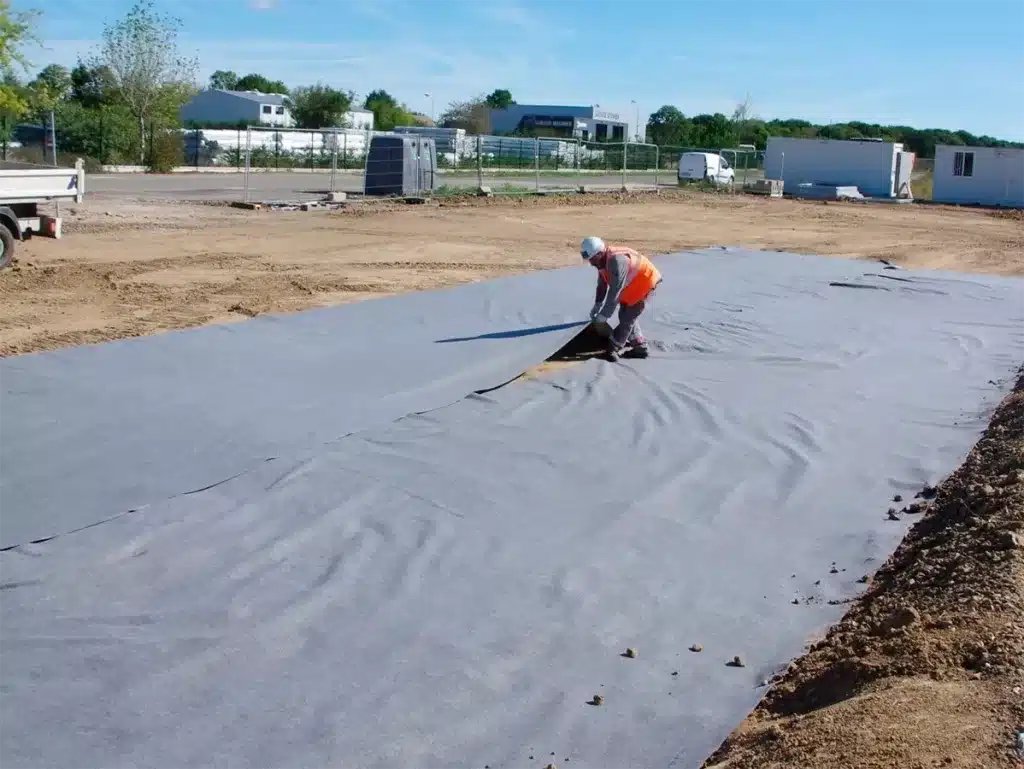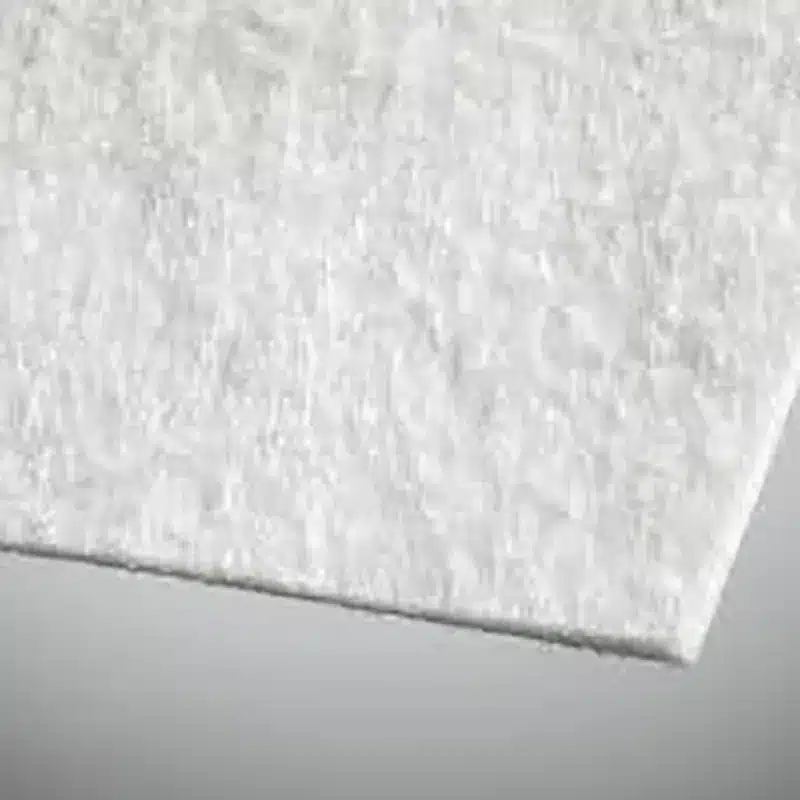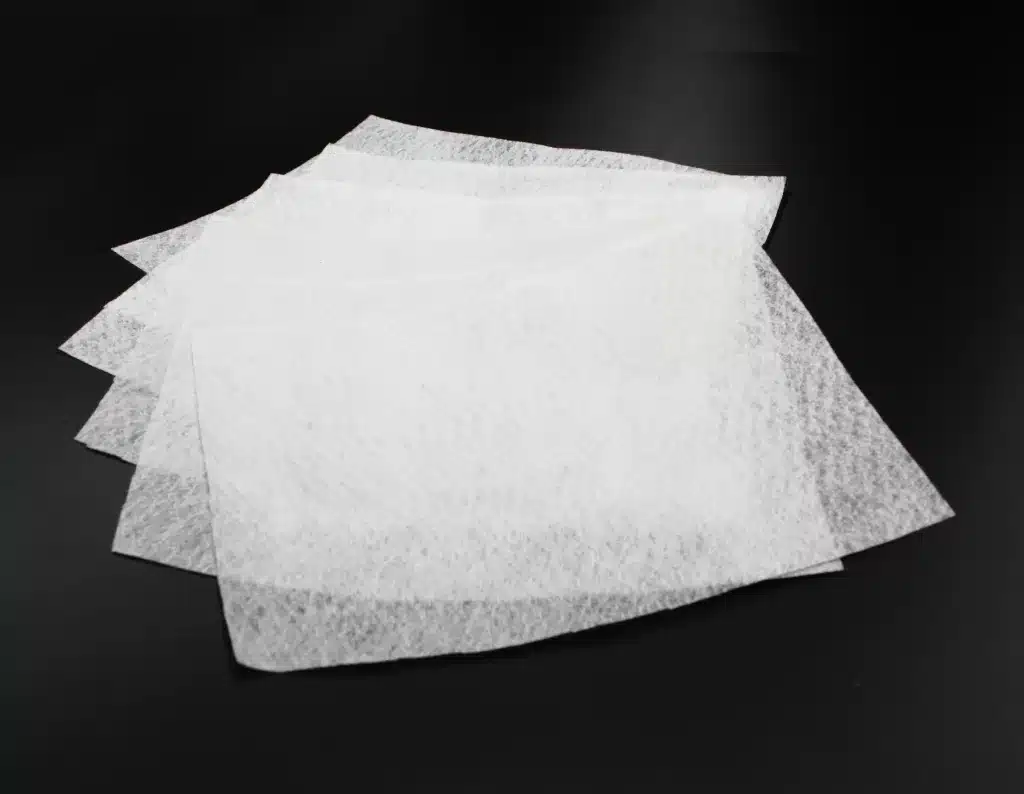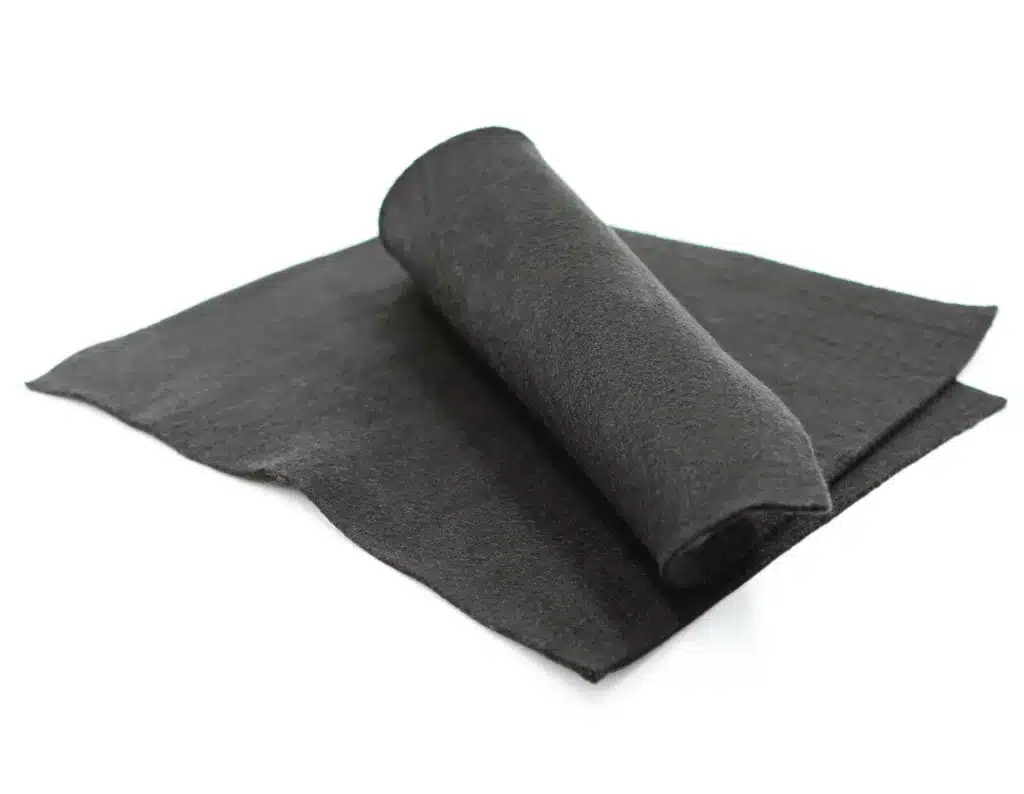Geotextiles in Landfill Construction: Filtration and Drainage Solutions
Landfills are crucial in managing waste, but their construction and maintenance involve complex engineering to prevent environmental contamination. Geotextiles, a type of geosynthetic material, are integral to modern landfill design and operation. They serve multiple purposes, from enhancing stability to protecting the environment. Geotextiles are commonly used as filters to prevent adjacent fine-grained soils from entering and clogging geonet or aggregate drainage layers placed above the geomembrane to collect surface seepage water.

What is the role of geotextiles in landfills?
Geotextiles are used in landfills primarily for filtration, drainage, and erosion control. They are placed between different layers of soil and waste to prevent the mixing of materials, maintain structural integrity, and facilitate proper drainage of leachate a liquid that forms as waste decomposes. Geotextiles serve various functions including separation, drainage, filtration, hydraulic barrier, gas barrier, and protection, ensuring efficient landfill operation and environmental safety.
Are geotextiles biodegradable?
Most geotextiles used in landfills are not biodegradable. They are designed to withstand harsh environmental conditions and the chemicals present in waste. This durability ensures long-term effectiveness in maintaining landfill structure and function. Some geotextiles, however, are made of biodegradable materials, offering an alternative for applications where decomposition of the material over time is desired or beneficial.
Is geotextile environmentally friendly?
Geotextiles contribute to environmental protection by preventing soil erosion, managing water flow, and containing contaminants within landfills. While they are not biodegradable, their use minimizes the environmental impact of waste disposal by reducing leachate migration and promoting stable landfill conditions. Moreover, geotextiles are undoubtedly environmentally friendly, as they enhance the overall sustainability of landfill operations and mitigate potential ecological risks associated with waste management.
Why are landfills designed in layers?
Landfills are engineered with multiple layers to contain and manage waste effectively. These layers typically include a liner system (often composed of geotextiles and geomembranes), a leachate collection system, and a final cover. This layering prevents leachate from entering groundwater, reduces methane emissions, and controls odors, thereby safeguarding public health and the environment. Geotextiles and geomembranes play a crucial role in these systems to safely isolate waste and monitor any byproducts, leaks, and anything else that can harm the environment.
Geotextiles play a vital role in modern landfill engineering by ensuring structural integrity, managing leachate, and minimizing environmental impact. While not biodegradable, their use in landfill construction contributes to sustainable waste management practices. Understanding their role helps in appreciating how engineering solutions can mitigate the environmental challenges posed by waste disposal.



Comments
Post a Comment